Redressing Feminism: Why Fashion Must Do More To Advance Women’s Rights

The fashion world gets a lot of flak for being a narcissistic industry that propagates unhealthy stereotypes about body image and beauty norms.
Thanks to its capitalist nature, fashion isn’t exactly considered the most altruistic of endeavors. We may not like it, but fashion today is selfish, individualistic, and it tends to result in some people getting the short end of the stick.

Salma Hayek speaking up against domestic violence.
I’ll be devil’s advocate here and state once and for all that fashion isn’t all fluff and fur. In spite of its glitzy glamor and idle talk, fashion is just as strong a force as any in promoting social change.
This may sound idealistic, but there’s no denying the influence it has in the lives of everyone everywhere. Think about it! It’s a global, multi-billion dollar industry, and unless you’ve forsaken all clothing and now live in a nudist colony, you are involved in its business.
That being said, fashion is also an industry that is somewhat instrumental in the progress of gender equality and women’s rights, and here’s why.
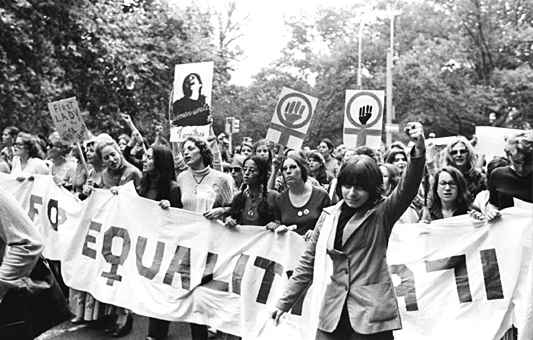
Female workers in fashion, and their rights
Yesterday was International Women’s Day. Recognized by the United Nations as a day to celebrate the progress we’ve made in liberating women from oppressive social practices, International Women’s Day chimes in on all areas of gender inequality in all aspects of life. This includes the abolishment of sexual harassment, domestic violence, and human trafficking among other important areas.

The human race has made great strides in tackling these issues, but they are unfortunately not enough. According to the head of U.N Women Phumzile Miambo-Ngcuka, we are decades away from seeing concrete signs of gender equality. Government support for women’s rights is still paramount for any change to happen but from a global perspective, governments are fragmented according to geopolitical boundaries. And although they can enact much-needed laws and fund necessary initiatives aimed at these problems, they can only do so much. Fashion, on the other hand, is a global phenomenon that happens everywhere.
For as long as the human race requires clothing to shield them from the elements, fashion will be omnipresent in every society. In the end, it all boils down to one question; why are key fashion industry players not doing enough to accelerate the emancipation of women? The influence it has over the world can galvanize support in ways no other industry can mimic, and yet we tend to underestimate its potential.
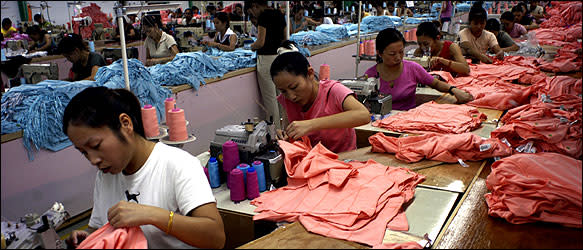
For an industry that claims to celebrate the female gender, it doesn’t do nearly enough to collectively and effectively aid women’s rights.
Take for example the issue of underprivileged women in third-world countries like Cambodia working in cramped and decrepit sweatshops. Fashion is complicit in this, in that it exploits these women for cheap labour so as to reduce manpower costs and bump up profits.
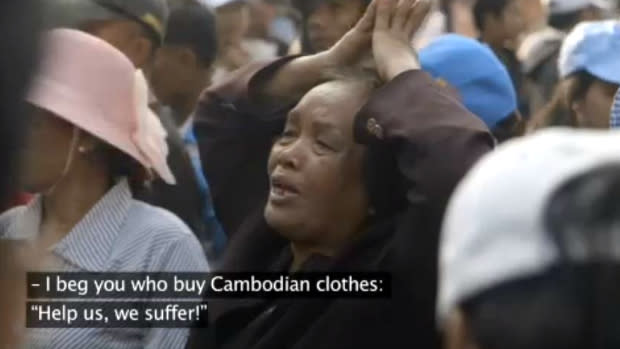
In 2014, a Norwegian reality television show had fashion bloggers work in Cambodia’s sweatshops for a month. Before their trip, the bloggers were ambivalent about the working conditions there. The truth is we’re all involved in exploiting these women who slave away on their sewing machines for ten hours or more, and that’s because we choose to be blissfully ignorant of how tainted our fast fashion is with the blood of others.

During economic downturns, women are often relegated to more vulnerable forms of employment. In developing countries like Cambodia where manpower is in abundance and people are desperate for employment, it is often the women who get exploited by textile companies and made to endure long working hours without being rightfully remunerated. Can you imagine having to work in a job that makes you sew the same seam of only one type of clothing for five years? That’s the kind of pain and anguish that falls on deaf ears every day.

What most people don’t want to admit is that being blissfully ignorant makes you complicit in their suffering. Now, doesn’t this sound familiar? The bystander effect bleeds into a lot of what we do because it’s natural for us to feel like it isn’t our responsibility to intervene.
Take for example being a bystander in situations like domestic violence. Such acts are very much prevalent in every society and it’s not going to go away any time soon unless someone decides to take accountability for the safety and well-being of others. It sounds mighty altruistic, but it’s necessary.

In this vein, fashion can help to promote better working conditions for textile workers. And since a majority of the workers are women, such an action would directly affect women’s rights. Fashion and women’s rights are, in many ways, tenuously connected.
Feminism is not a fashion accessory
Moreover, fashion needs to embrace feminism as more than just a trendy accessory. Writer and author of Dangerous Women Lizz Hoggard says it best, “Virginia Woolf argues that our first sensory experiences as a child live on as textile memory in our brains, influencing the colors, textures and scents of the clothes that we buy. And, luxury brands take note, those childhood memories are not for sale.”

For their Spring/Summer 2015 collection, Chanel held a feminist-themed runway complete with a pseudo-mob of models parading as feminists with placards that read “He for She” and “Boys should get pregnant too”. It’s wonderful that Chanel finally decided to give air time to something so important especially since a vast majority of their clientele are women.
My only gripe with this is that it reduces feminism to just another must-have accessory. The advocacy for women’s rights has become a viral thing for fashion, but it’s treated as more of a fad than a social movement for change. It belittles the women in countries like Indonesia and India whom suffer very real plights like domestic abuse and unfair employment.
“I couldn’t care less if people are for or against. It’s my idea. I like the idea of feminism being something light-hearted, not a truck driver for the feminist movement,” Chanel head honcho Karl Lagerfeld told Fashionista.com. Hoggard refutes such claims by people like Lagerfeld by saying, “If fashion is run by old white guys who don’t really understand kick-ass contemporary feminism, then they’re the ones on the back foot at the moment.”
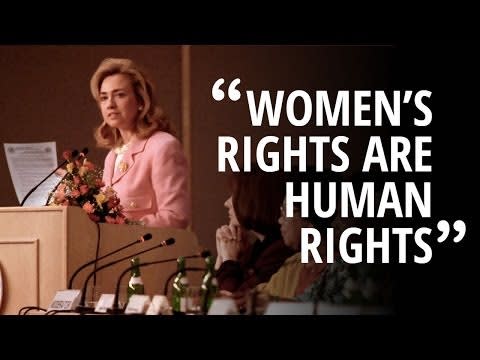
Fashion’s imagery is an ethereal representation of what’s going on in the outside world, but within the fashion spectrum there generally isn’t a “one size fits all” type of feminism. This downplays what feminism really is; a rich and meaningful human endeavor that is essentially a matter that concerns everyone. As Hillary Clinton once said in her speech at the U.N Women’s Conference in Beijing in 1995, “Human rights are women’s rights and women’s rights are human rights”.
How fashion became gender-neutral and expression-positive
Fashion plays a big part in how we are read by others. There is a sense of ownership over one’s appearance, and it is thanks to this very force of self-expression that fashion can empower women. After all, a crucial aspect of feminism is the freedom of self-expression.
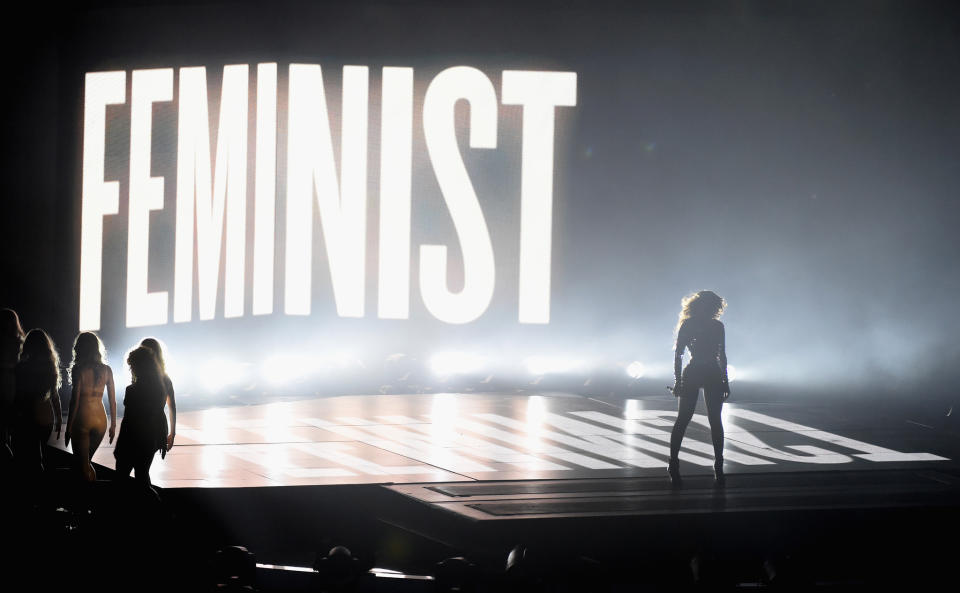
The malleable appeal of fashion can help feminism shed the erroneous stereotype some people have about it: that it’s an aggressive man-hating movement that aims to promote tensions between the two genders. Instead of dismissing fashion as materialistic and trivial, feminism should utilize fashion in order to empower others.

The 1980s saw a wave of masculine suits for women with thick shoulder pads and broad cuts; male-oriented details that were meant to make the feminine figure appear more masculine and domineering in the workplace. In today’s progressive society, women no longer need to abide by strict patriarchal dogma that ensure they dress “appropriately feminine”.

Assistant professor at Cornell University and fashion blogger Minh-Ha T. Pham says, ”If feminists ignore fashion, we are ceding our power to influence it.”
We need to look beyond fashion’s superficial emphasis on beauty norms, and instead focus on how fashion allows any woman to externally portray who they are on the inside without having to ask for anyone’s approval.
Likewise, fashion needs to open up its pearly gates and embrace movements like feminism because truth be told, the world will eventually run out of space for its wastefulness.
We all need to take back fashion as an instrument of provocation; it has always been our weapon to wield. All we need to do now is learn how to use it.
The post Redressing Feminism: Why Fashion Must Do More To Advance Women’s Rights appeared first on Popspoken.


